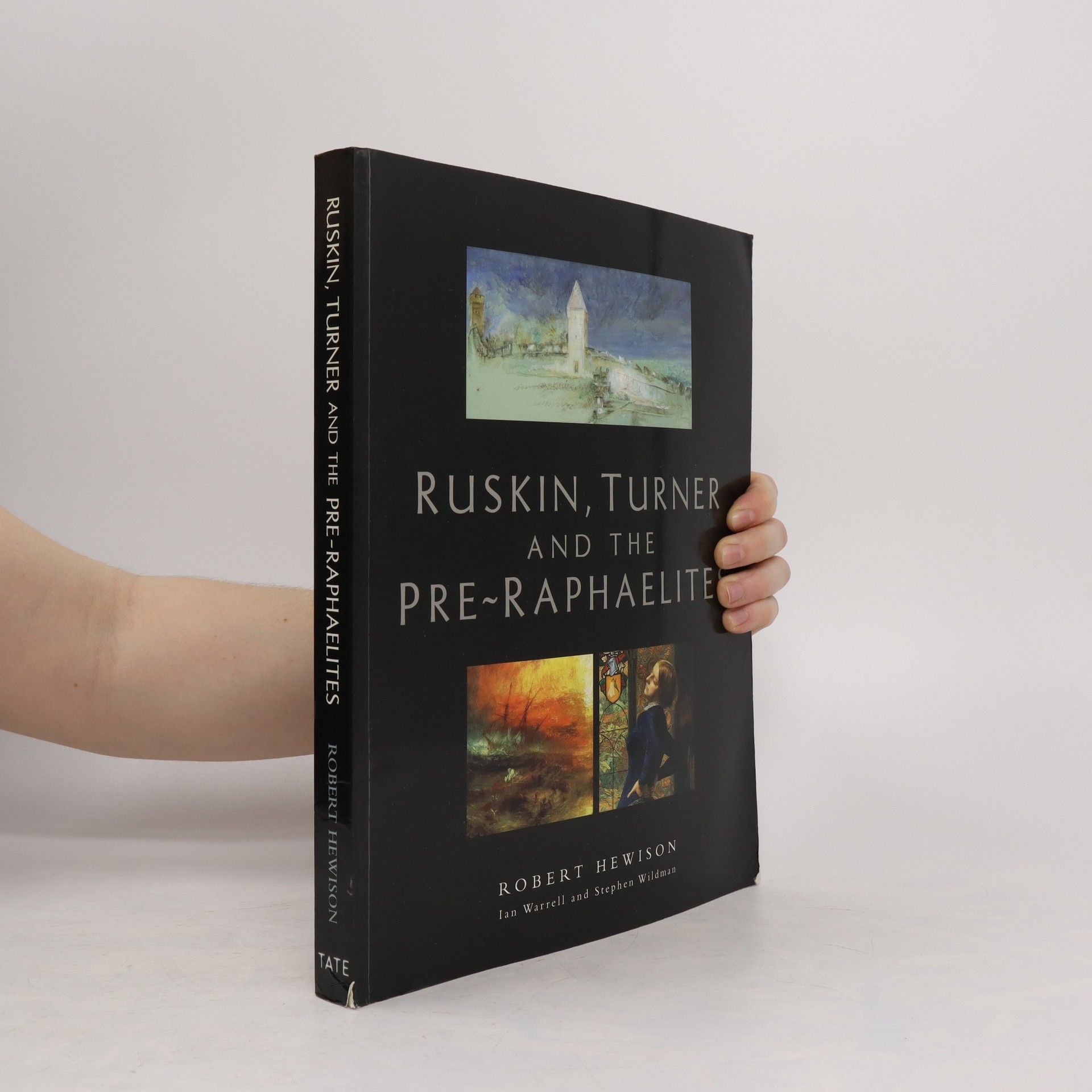Turner's Sketchbooks
- 240 stránok
- 9 hodin čítania
Turner's sketchbooks provide us with a rare and unique opportunity to witness the building blocks, steps and missteps of an artist unparalleled in impact.






Turner's sketchbooks provide us with a rare and unique opportunity to witness the building blocks, steps and missteps of an artist unparalleled in impact.
The catalogue of an exhibition at the Tate Gallery, London, 9 March - 29 May 2000. 260 works are described and illustrated in color.
The book provides an engaging exploration of Britain's greatest painter, showcasing significant works from the Yale Center for British Art's extensive collection. It delves into the artist's life and contributions, offering insights into their techniques and the cultural context of their time. Through a selection of artworks, readers gain a deeper appreciation of the painter's impact on the art world and British heritage.
New volume in the Frick Diptych series features an essay by Susan Grace Galassi, curator emerita at The Frick Collection, paired with a contribution from renowned artist Olafur Eliasson.
"This compelling new poetry collection presents Hypatia of Alexandria, the Neoplatonic philosopher, astronomer, and mathematician who was murdered by Christians in the fifth century. The dearth of fact and truth about her has led to many false and fanciful representations of Hypatia. Hypatia’s Wake addresses these and the reliable truth about her life. The double bind, a situation in which a person is given two different messages one of which negates the other, features largely in Hypatia’s Wake. It links Hypatia’s life and example to Luce Irigaray’s philosophical theory. If you’re a woman you’re damned if you fail at philosophy, but also if you succeed at it. If we make amends to history and the river of time by waking Hypatia’s death, we wake up to her life, and the significance of our loss."-- Provided by publisher
In this beautiful selection, Ian Warrell employs the very finest examples of Turner's Venetian studies to either guide your next visit or awaken your memories of trips past.
Bien avant que les impressionnistes commencent à peindre les rives de la Seine, Turner en avait déjà défini une première vision pour sa génération. La série de dessins et aquarelles, qu'il réalisa sur les bords du fleuve, entre 1802 et le début des années 1840, lui a valu l'admiration de Pissarro, de Monet et de Proust. L'ensemble de ces œuvres aux couleurs vibrantes, publiées, pour une part, sous forme de quarante gravures en 1834 et 1835, constitue le sujet de cet ouvrage. Parcourant la Seine, Turner en observe les différents aspects. Il s'attache plus particulièrement à certains sites, dont ceux du Havre, de Rouen et de Paris. Son travail, respectueux de la leçon des grands paysagistes français, témoigne d'un regard empreint de modernité. Il fixe ainsi les navires à vapeur, innovation récente dans le transport fluvial. Outre ce nombre important de dessins et aquarelles, quelques esquisses à l'huile sont ici réunies. Elles sont aujourd'hui identifiées comme issues de ces voyages le long de la Seine, ce qui constitue une découverte nouvelle.